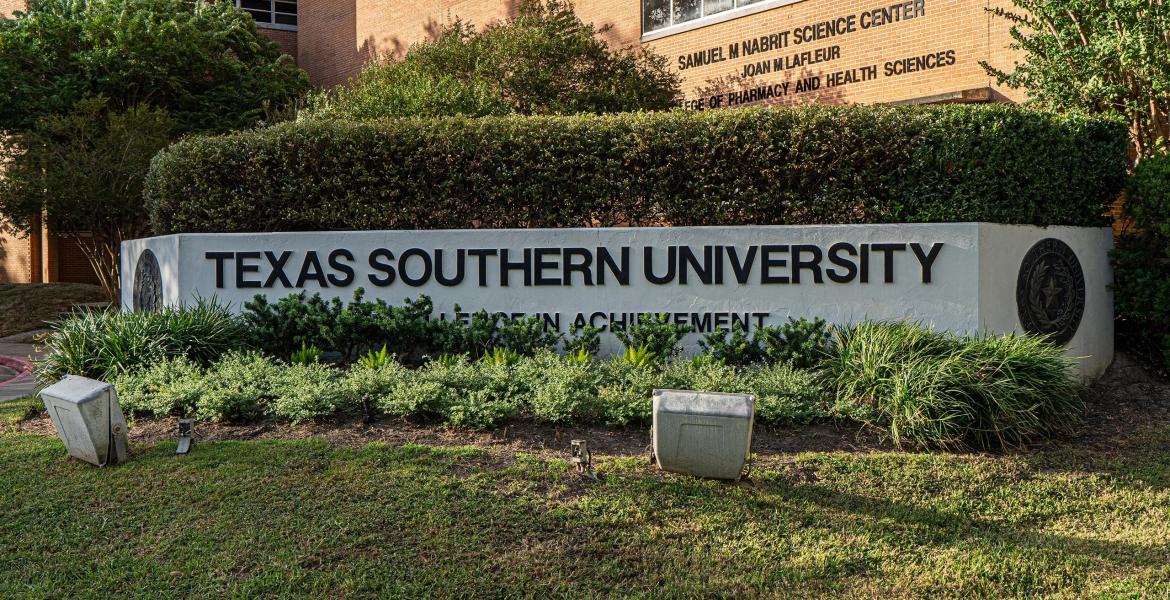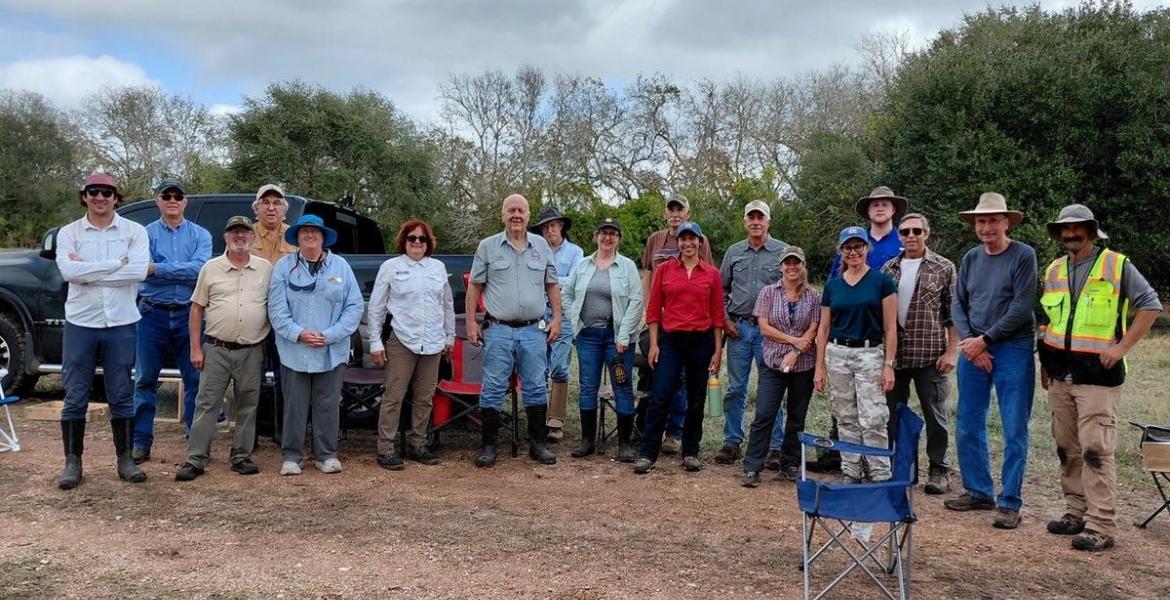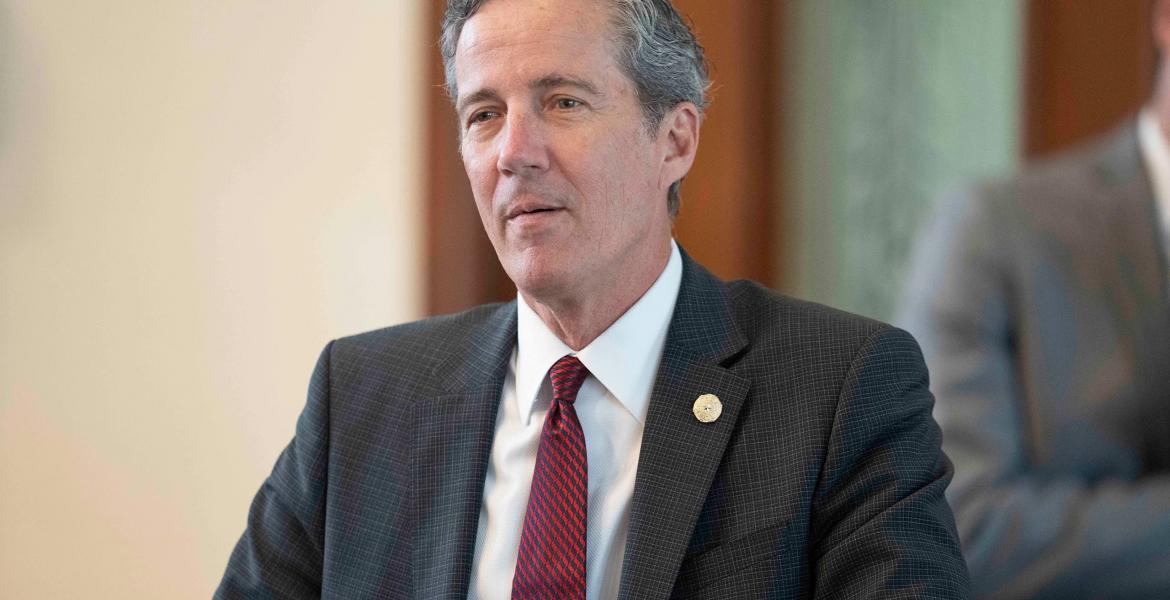Canon balls, arrowheads bullets and bits of old glass bottles form an expansive exhibit in the history lover’s treasure trove at old Fort Chadbourne. Wedding bands, sabers and coins of mixed currency glint from glass-topped cases, and guns of all types adorn the walls of the fort museum.
Saturday, Dec. 21 was the fort’s annual Christmas Open House, and the fort’s dedicated staff ushered visitors through the museum, telling tales of historical travel, lifestyle and pioneer warfare.
“It was established October 28th, 1852, and it ran until 1867,” said Lana Richards, Secretary and Treasurer of Fort Chadbourne.
“We are the predecessor to Fort Concho in San Angelo,” Ann Pate, a member of the Fort Chadbourne Board of Directors, added. “We started out here, and our soldiers ran out of water in 1867, and went and established Fort Concho.”
Water has been key to survival throughout Texas history, and the lack thereof is a theme that has influenced development in the western part of the state for centuries.
“Probably if they’d have had a better water supply at Fort Chadbourne, San Angelo wouldn’t have grown up where it is,” said Garland Richards, owner of the fort and the ranchland that surrounds it. Fort Chadbourne has been in the Richards family since 1870, passing history and land down through a long line of descendants.
“This was handed down, I’m the sixth generation,” Garland Richards said. His children and grandchildren extend the legacy to eight generations total thus far.
The visitor’s center and museum at old Fort Chadbourne are housed in the one-year-old Roberta Cole Johnson building, a recent addition made possible by a generous donation on behalf of the woman after whom it is named.
A view from the center’s back porch reveals four fully-restored buildings, including two Officer’s Quarters, the Enlisted Men’s Barracks and the Butterfield Stage Station, all of which stand among the ruins of previous buildings including those from the hospital and another barracks that stands in contrast to it’s paternal twin.
The revitalized buildings are also relatively “new." Restoration and stabilization projects began in 1999 when the Richardses established the non-profit Fort Chadbourne Foundation.
A handful of fort employees worked together to stabilize leaning walls and pour foundations under the ruins in order to restore the buildings around their shells, using remaining parts of the original and intact stonework as a starting point for completion. Local sandstone was mined to compliment the pieces of historical and standing facades.
In the Officer’s Quarters, bullet holes from an old Indian shootout scar the walls, and names in various scripts tattoo the spaces between the divots. “DC.50.75 RED HORSE” reads one of the engravings carved into the wall, an 138-year-old entry.
“That’s not graffiti,” says Brent Bryan, one of the fort’s primary employees, “that’s history. If it’s before 1960, it’s history. If it’s after 1960, it’s graffiti,” he laughs.
The rooms of the Officer’s Barracks are relatively spacious, featuring wooden floors and canvas ceilings, each with a bedroom and dining room. “Back then all the cooking was done outside,” Bryan explains, noting a long table in one of the quarters’ second rooms that served as the dining area. Bryan says that many of the fort’s cooking utensil artifacts have been found outside.
Inside, beds, lamps, mirrors and sofas yellowed with age furnish the rooms, and old kerosene lighting fixtures that have been adapted to electricity hang from the ceilings.
Roughly 50 yards away lie the Enlisted Men’s Barracks, a long hall where up to 70 men slept while the fort was in operation. As many as 400 and as few as 50 soldiers lived at the fort in the 1800s, residing in one of the then five long barracks or in the Officer’s Quarters behind them.
Before the barracks stands the Butterfield Stage Station, the only stagecoach station that has been restored in the entire state. The fort is home to a few old coaches, similar to those used when the Butterfield Station was an active part of the old Butterfield Trail.
“The Butterfield Trail was 2,500 miles from St. Louis, Missouri to San Francisco, California,” Lana Richards explains. “If you could afford to ride on it, it would have cost you $200 to ride from St. Louis to San Francisco.”
“Which is like a $6,500 bus ticket today,” Garland Richards adds.
Fort Chadbourne was an important stop along the trail, featuring a moderate-sized hall where passengers would eat their meals before getting back in the coach and riding on to Grape Creek, Fort Stockton, El Paso, and Tucson. At Fort Stockton, the stage followed what is today Interstate 10 to California, and then north through California's Central Valley to San Francisco.
The stagecoach ran 24 hours a day, without a stop, save for two breaks approximately 40 minutes apiece. Every 10 miles, they’d change out the horses or the mules that drew the wagon, Bryan says.
One meal was provided by the stagecoach line per day, a grueling mixture of beef jerky, dried onions, and crackers with weevils. A second meal could be bought and was for many more appetizing, consisting of a steak, potatoes, beans and bread, Bryan says.
Back inside the museum, a stagecoach similar to those used along the trail is on display. It is a donation from Tommy and Janet Hickman of Bronte. The coach is centered in a spacious room before a large teepee, which marks the entrance to the museum.
Since excavations began in 1999, some 500,000 artifacts have been recovered from the soil surrounding Fort Chadbourne, many of which were found within a 10-mile radius.
The area surrounding the golden spur that serves as the fort’s entrance was found to be a canon ball shrapnel field, where fodder, metal bits and arrowheads were found in number.
Other relics include old baby doll parts, combs and rusted razors, each bearing it’s own story and offering a glimpse into the past. Most expansive, however is the gun collection, spanning the walls from beginning to end in the visitor’s center museum.
“I’ve been collecting guns since I was in Jr. High,” says Garland. “We tried to collect guns that fit in the time period.”
Approximately 350 rifles and pistols are on display in the museum, circa 90 percent of which still fire, and most of which are not duplicated, Bryan says. Many of the guns are originals, some of which are very rare. And while Bryan and Garland both share an appreciation for the old weapons, for Garland, the museum means more than his collection.
“My favorite part of this is probably the presentation of the history of this area,” Garland says, “because when you were sent out here in 1852, the nearest major town to you is San Antonio. So you’re in the middle of nowhere. It’s hard to go shopping on the weekend. You had small towns that was this side of San Antonio, which was Fredericksberg, but you’re 150 miles from Fredericksberg, so you’re a three-day ride from Fredericksberg,” he said.
Garland explained how troops were inserted into the middle of Comanche country with the purpose to serve as neutral ground between the Indians in the west and the whites in the east.
“It didn’t work,” Garland said. “You had a very mobile Comanche that was on horseback and was listed as one of the best light calvary units that’s ever been assembled on the face of the Earth.”
“They sent foot soldiers out to chase Indians on horseback,” Lana added.
Although the station was dangerous, the fort stayed in operation till 1867, when the soldiers moved to San Angelo. Fort Chadbourne was named after 2nd Lt. Theodore Lincoln Chadbourne who was killed at the Battle of Resaca de la Palma in 1846 during the Mexican War. Chadbourne’s sash and saber, which he was wearing when killed, are on display at the fort, on loan from Fort Concho.
The fort is open Tuesday through Saturday from 8:00-5:00, and donations are encouraged to enter. The fort is located between San Angelo and Abilene on U.S. Highway 277 at 651 Fort Chadbourne in Bronte.
Each year, Fort Chadbourne plays host to the living history event featuring re-enactors, canon fire, and tours on the first weekend in May. The fort’s annual fundraiser takes place the third Saturday in September.
For more information on Fort Chadbourne, visit http://www.fortchadbourne.org/
More pictures from Fort Chadbourne can be found here.
Subscribe to the LIVE! Daily
Required






Post a comment to this article here: